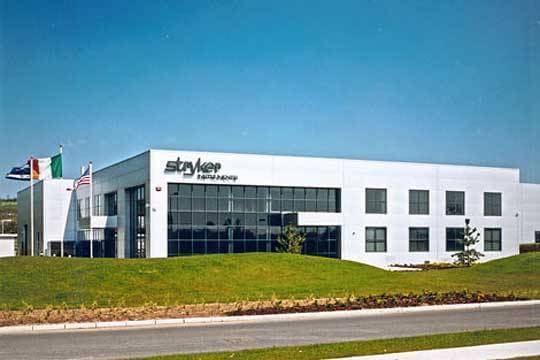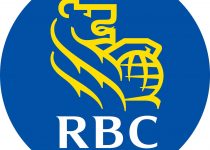Ecolab Mission and Vision Statement Analysis

Ecolab’s mission statement is “to be the leading global innovator, developer and provider of cleaning, sanitation and maintenance products, systems, and services.” This mission statement spells out the areas that the company singles out to make an impact on – the society and environment. The components that relate to this mission statement comprise:
- Improving communities. In the first component of Ecolab’s mission statement, the company focus is on creating products that improve the quality of life of society. It is something that has been clearly emphasized by the expertise and innovation section of the company.
- Promoting a clean environment. Closely related to the first element of Ecolab’s mission statement is its aspiration to promote products that boost and improve the sustainability of the environment. In this way, the company endeavours to be a change initiator when it comes to the protection of natural resources as its sustainability programs show.
Introduction
Ecolab has earned itself a name among the top tier cleaning products producers thanks to its dynamic mission and vision statements. Ideally, the mission statement of a company comprises the strategic approaches set to take the firm towards its vision. In this case, the mission statement of Ecolab shows the plan it seeks to implement to establish itself as the leader within its sector of production.
Related to this is the vision statement which sets the futuristic achievements of any company, and in the case of Ecolab, its vision is to set an example of excellence in innovation and provision of services. Together with its core values such as integrity and accountability, this company has distinguished itself as an emulatable player in its field of operations.
Vision Statement
Ecolab’s vision statement is “to be the global leader in water, hygiene and energy technologies and services; providing and protecting what is vital: clean water, safe food, abundant energy and healthy environments.” It outlines the position and achievements the company wants to be known for. The components that reflect the scope of this vision statement include:
- Innovativeness. In this element, Ecolab targets to captain innovations that rank the firm as the leading developer of products with a notable mark when it comes to environmental protection. In fact, a look at its range of products and services tells much more about this component.
- Dependence. Ecolab is all about creating a legacy of dependence in terms of the quality of its products and services. It is an aspect the company has succeeded in satisfying considering the numerous services it offers.
CoreValues
Ecolab’s core values include “environmental wholeness, integrity, and accountability.” They represent the aspects the company considers critical to achieving its mission and vision. The following elements emerge from the core values of Ecolab.
- Integrity
- Accountability
- Environmental Wholeness
In its first component, Ecolab understands the sensitivity and the impacts its products may have not only on the environment but also on the communities. Such recognition is what guides the company to remain true to top quality. The second component has a direct relation to the first one, and this pushes the company to ensure its services and products reflect its desire to maintain environmental stability. To ensure continued performance, Ecolab acknowledges the importance of leading by example to create a lasting reputation through responsibility.
References
- Abiodun, A. J. (2010). Interface between corporate vision, mission and production and operations management. Global Journal of management and business research, 10(2), 18-22.
- Carbonell, J., Harman, D., Hovy, E., Maiorano, S., Prange, J., & Sparck-Jones, K. (2000). Vision statement to guide research in Question & Answering (Q&A) and Text Summarization. National Institute of Standards and Technology (NIST) Draft Publication.
- Chun, R., & Davies, G. (2001). E-reputation: The role of mission and vision statements in positioning strategy. Journal of Brand Management, 8(4), 315-333.
- Council, H. (1989). Vision statement. Unpublished report. Meadow Lake Tribal Council, Meadow Lake, Saskatchewan.
- Ecolab – About.
- Dahlgaard, S. M. P., Dahlgaard, J. J., & Edgeman, R. L. (1998). Core values: The precondition for business excellence. Total Quality Management, 9(4-5), 51-55.
- Fairhurst, G. T., Jordan, J. M., & Neuwirth, K. (1997). Why are we here? Managing the meaning of an organizational mission statement.
- Forbes, D. J., & Seena, S. (2006). The value of a mission statement in an association of not-for-profit hospitals. International journal of health care quality assurance, 19(5), 409-419.
- Hanson, J. D., Melnyk, S. A., & Calantone, R. J. (2004). Core values and environmental management: A strong inference approach. Greener management international, (46).
- Pearce II, J. A. (1982). The company mission as a strategic tool. Sloan Management Review (pre-1986), 23(3), 15.
- Talwar, B. (2009). Comparative study of core values of excellence models vis-à-vis human values. Measuring Business Excellence, 13(4), 34-46.











